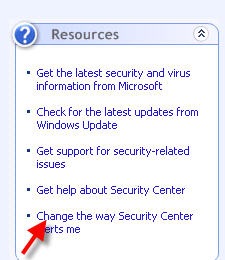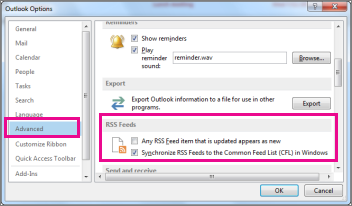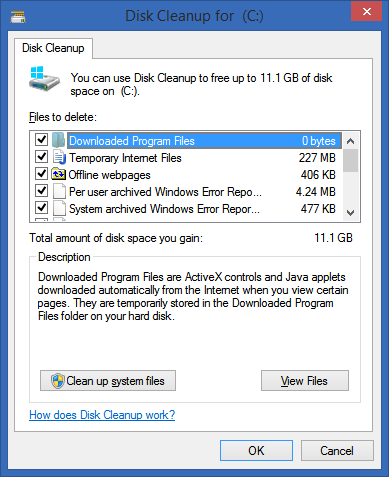

- Microsoft office click to run 100 disk for mac#
- Microsoft office click to run 100 disk install#
- Microsoft office click to run 100 disk update#
- Microsoft office click to run 100 disk full#
We have tried with multiple builds of Office 2016, and downgrading. (GPO for SSO activation etc.)Ĭonsequently User Profile Disks does not detach upon logoff using the newest build of the Click-To-Run Service.

Party application installed on the session host is Office 2016 Click-To-Run with shared activation.
Microsoft office click to run 100 disk for mac#
It doesn’t apply to Office for Mac which is installed quite differently.We have consequently been experiencing errors with RDS 2012 R2 User Profile Disks / UPD's not detaching after user logoff in brand new Remote DesktopįILESRV01 – Fileshares and User Profile Disks The whole MSI / Click to Run issue is a Windows installation thing. Any installation from a CD, DVD or disk image is an. In the ‘olden days’ of CD/DVD installations there were MSI files on the disk.
Microsoft office click to run 100 disk install#
MSI container is inside the big Office install download (a. MSI file.įor most programs, including Office, that.
Microsoft office click to run 100 disk update#
You’ve probably installed a program, patch or update from an. MSI files contain the program, other files and settings needed to install and run the program. That’s what an ‘MSI’ Office install does even though there’s no direct MSI download. MSI files, it’s now called Windows Installer but the MSI name/extension remains. Originally it was called a Micro Soft Installer with. Redmond appears to have dropped the streaming element of CtR in favour of a less flashy but more stable installation. Why was the streaming install dropped? Streaming CtR had problems, it was expensive to maintain, and customers weren’t fooled by Microsoft’s promises of a faster install. These days you have to wait until Office is fully installed by ‘Click to Run’. The streaming part of ‘Click to Run’ was quietly dropped by Microsoft but the name remains. This streamed ‘Click to Run’ install wasn’t truly faster (despite Microsoft’s hype saying otherwise), but it let people start working more quickly. WordArt or Equation Editor), CtR would prioritize that so it was soon ready. If you clicked on a component not ready (e.g. As people worked with Office, the rest of the program was quietly installed in the background. It installed the basic parts of Office first so you could start using Word, Excel etc very quickly. Some Office users might remember the original ‘Click to Run’ streaming install that was very slick. The name is a hangover from the original way the CtR streaming installer worked. The name ‘Click to Run’ might seem strange since it’s hardly that simple. Some Office 2016 and earlier versions of Office. MSI is now only used for older versions of Office. There should be less need to restart Office programs with a CtR installation. Once it’s downloaded, run the file and Office will install.Ī ‘Click to Run’ Office is updated more seamlessly than updating a.

MSI is one big download (was around 3.5GB for Office 365) which contains both the installer program and all the Office components.
Microsoft office click to run 100 disk full#
Office 365 offline install, get the full download There is an ‘offline installer’ option which downloads everything you need in a single file then uses CtR technology to install Office. That little program then downloads all the parts it needs to load Office onto your computer. Office 2019, Office 2021 and Office LTSC are also Click to Run installs.ĬtR downloads a small install program to run. Microsoft Office 365 for Windows installations are CtR, that’s the default and it was the only option for some time. The difference is how Office is installed and updated.Ĭlick to Run (CtR) is the newer and mostly better way to install Office. Office for Windows is the same software whether it’s Click to Run (CtR) or. What’s the difference Click to Run vs MSI? On that happy day, pink elephants will be flying our skies. Maybe, one of these days, Microsoft will present all the relevant details of an Office install on one screen instead of spread across various places.


 0 kommentar(er)
0 kommentar(er)
